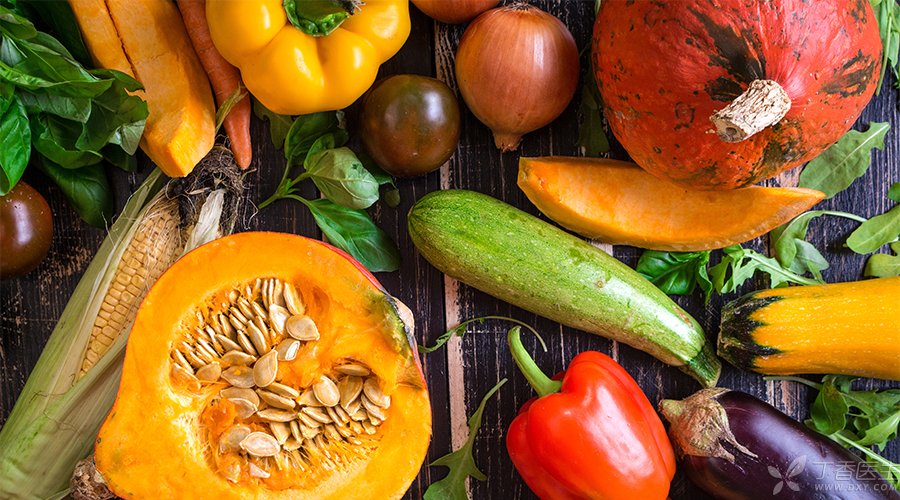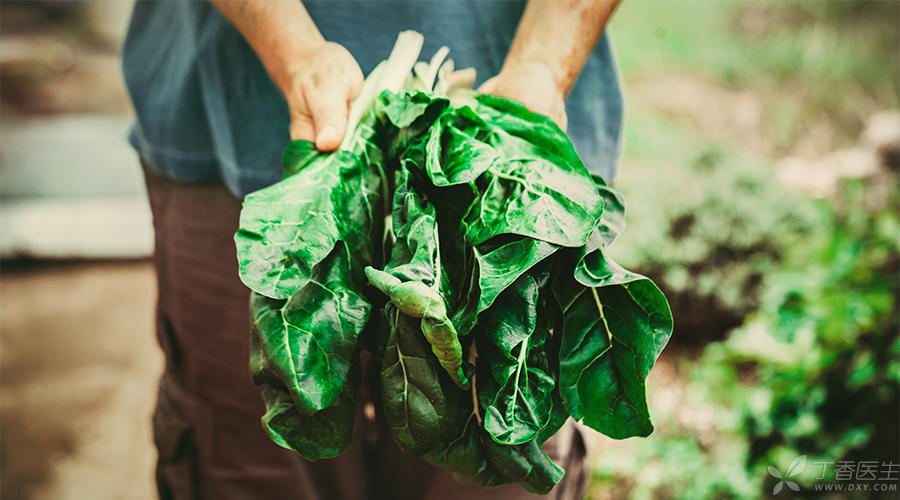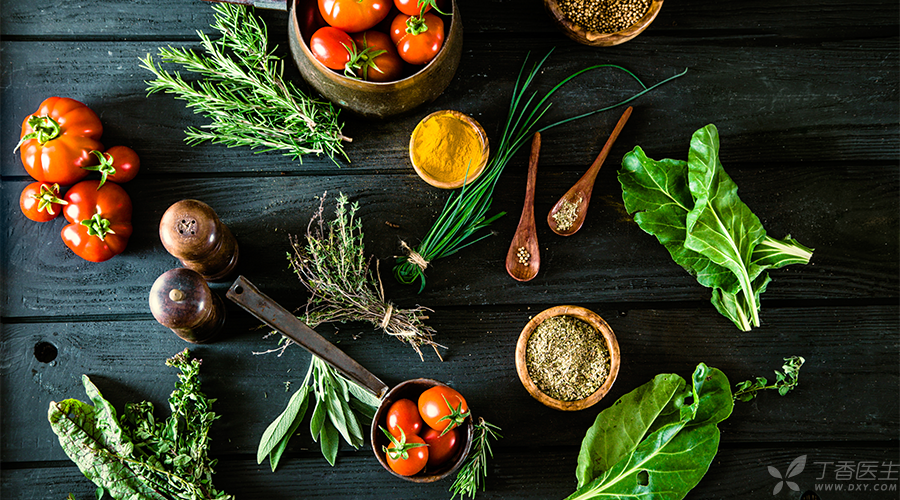
When it comes to vegetables, many people think of green. If you think about it carefully, it seems that there are every color, so many people begin to think new things:
Is color food genetically modified?
What are the nutritional differences between vegetables of different colors?
… …
Today, Dr. Clove will talk about vegetables.
Are colored vegetables genetically modified?
Of course not.
Although colorful vegetables are colorful, they are absolutely natural.
Green is chlorophyll, yellow is carotene, red is lycopene, purple is anthocyanin, white is basically pigmented…
In short, they have nothing to do with GM.
Vegetables of different colors have different nutritional values?
Yes! For example-
Step 1 Green
Representative vegetables: spinach, celery, broccoli, etc.
Nutritional value: Rich in vitamin C, carotenoids, iron, selenium and other trace elements, it is also the main source of dietary fiber and can be used to lose weight.

2. Orange/Orange/Red
On behalf of vegetables: pumpkin, carrot, tomato, etc.
Nutritional value: Rich in carotene and vitamin C, yellow vegetables can also stimulate appetite, improve night blindness, relieve rough skin and strengthen bones.
3. Purple
On behalf of vegetables: purple cabbage, purple onion.
Nutritional value: rich in anthocyanin, with strong antioxidant effect, can prevent cardiovascular and cerebrovascular diseases, improve the body’s immunity.
4. White
Representative vegetables: white radish, lotus root, garlic, cauliflower, etc.
Nutritional value: Rich in dietary fiber, potassium, magnesium and other trace elements, it has the functions of improving immunity and protecting heart.
Eat vegetables, should be more [lecherous]
The latest edition of the Dietary Guidelines for Residents in 2016 proposes that 300 ~ 500 g of vegetables should be consumed every day, and for the first time proposes that dark vegetables should account for half, because the nutritional value of dark vegetables is higher than that of light vegetables.
As for how to identify dark vegetables, the reason is actually very simple and crude, that is, looking at dark colors is dark vegetables. Here, light-colored vegetables such as eggplant and cucumber, which are covered with dark coats, are manually excluded.
Vegetables of different colors contain different nutrients. In order to have a comprehensive nutrition intake, vegetables of various colors are served a little.

To be healthier, you have to eat like this…
Healthy food cannot be separated from healthy eating methods, such as cooking with oil:
- Boil water, but the amount of water should not exceed the vegetables, just enough vegetables to roll and heat. Come on, one spoon of sesame oil (not a spoon); Put vegetables and cook them until they are just ripe. Get out of the pot, mix seasonings and eat!
Like steamed vegetables, the biggest advantages of these two methods are no lampblack, less nutritional loss of vegetables and good taste.
Other practices have some disadvantages, such as:
Blanching and stewing: more lampblack and more loss of soluble nutrients (vitamin C, etc.);
Stir-fry: more lampblack, less oil and bad taste;
Eat raw: It is difficult to eat enough, and there are potential safety hazards such as pesticide residues and parasites.
Frying: Absolutely not recommended, all the reasons are understood.

Three Common Mistakes in Eating Vegetables
Step 1 Replace vegetables with fruits
Although they all contain nutrients such as dietary fiber, minerals and vitamins, the types and quantities of nutrients contained are actually different.
Therefore, we should eat vegetables every meal and fruits every day, and do not replace each other.
2. There are always a few dishes to eat and eat.
Not to mention eating vegetables, you have to eat Chinese cabbage. If you want to have more comprehensive nutrition, you have to have more.
3. Worry about food problems and pesticide residues
The issue of food restriction has been repeated many times.
I just want to say that so far, there is no scientific basis to support the theory of food restriction.
Don’t throw pots with unclean food and improper cooking methods to food.
As for pesticide residues, there is no need to be so nervous. Vegetables are more or less a little bit, as long as they do not exceed the standard.
Besides, most of the pesticides used now have low toxicity and good detoxification, and those sent into the mouth through so many processes are basically safe.
